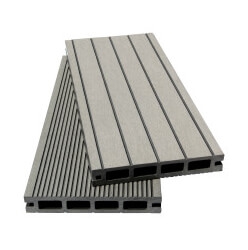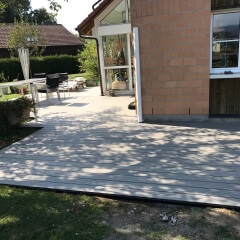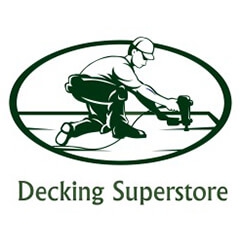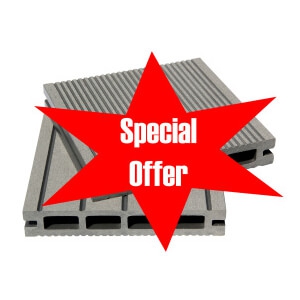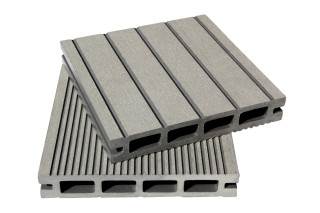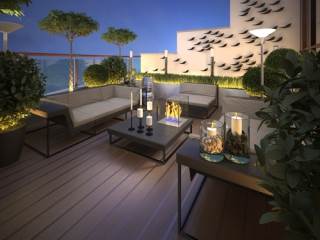- Contact 0870 350 7767
- |
- Advertise
What is the Difference between Capped and Uncapped composite
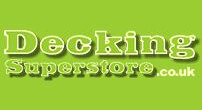 News and PR from Decking Superstore - Published 11 July 2018
What is Capped Composite Decking ?
News and PR from Decking Superstore - Published 11 July 2018
What is Capped Composite Decking ?Capped composite was developed by manufacturers as the composite market evolved as purchasers were looking for more realistic wood effect composite decking and also enhances the scratch and scuff resistance over the basic composite boards.
As the name suggests capped or co-extruded has a secondary manufacturing process undertaken whereby usually a wood pattern is added to the process and then sealed with a further layer of polymer encapsulating the board, this serves also as a further enhancement to the scratch resistant properties, also the additional coating also aids in UV stability of the board. In recent years in line embossing and ink and pigment technology has helped give more lifelike patterns and surface texture further mimicking the real wood effect and also enhances the waterproofing aspects of the board over basic composite decking boards, this obviously comes at a cost over the cheaper variants but with anything this is all about what your budget is and what is the anticipated lifespan of your deck.
In a response to try and meet a cost effective alternative and a half way point between a mono board and a capped board ( co -extruded ) , please do not get confused with basic composite decking which can be embossed through the tooling giving an elevated and wood effect look and the compression and the heating of the boards can give a 2 tone effect, these boards will not have the same level of superiority of a true capped board and the surface of the embossed board can be difficult to repair if scratched or scuffed and clients can be left disappointed if used in a heavy traffic area, a simple groove effect can be repaired of scratches and scuffs with a light sanding with sandpaper or wire wool.
If you are unsure which is for you or need advice or have any questions please contact us Free Light Grey Composite Decking Samples to customers so let us know if you would like a free sample pack.
Other announcements from Decking Superstore
-
SPECIAL OFFER COMPOSITE DECKING
Great savings on our Plastideck light grey reversible deck boards due to discontinuing the range, £14 per board plus VAT.
05 Jul 2019
-
Keeping up with the neighbours with Contemporary garden decking
With climate change we are finding the temperature is rising and winters are getting milder, this in turn is changing the way we use our gardens in the UK & we are spending more and more time outside.
05 Jul 2019
-
Slip resistance of composite decking
We are asked many times about the slip resistance qualities of composite decking compared to wooden traditional decking.
05 Jul 2019
-
NEW - Plastideck Composite Decking Installation Guide
We have just released our updated installation guide for the Plastideck range of Grey Composite Decking...
05 Dec 2018
-
Correct Composite Decking Installation Is Critical to Success
As composite decking is getting more and more popular in the UK we are finding that many decking installers are now transferring to installing composite rather than wooden decking...
05 Dec 2018
-
Laying Composite Decking in the winter
Well this summer has been an amazing summer & many are looking forward with anticipation to next spring and may be considering a new decking project to maximise the warmer summers we seem to be having
05 Dec 2018
-
SPECIAL OFFER - IN STOCK - Dark Grey Composite Decking Boards
We are pleased to offer Plastideck Dark Grey Composite Decking Boards manufactured from 50% wood fibres and 50% recycled polymers
07 Aug 2018
-
SPECIAL OFFER - IN STOCK - Light Grey Composite Decking Boards
We now import these excellent light grey composite decking boards that are currently on offer:
12 Jul 2018
-
7 Steps to decide which Composite deck is for you
It can be a bit of minefield deciding which decking to bring into your garden...
11 Jul 2018




